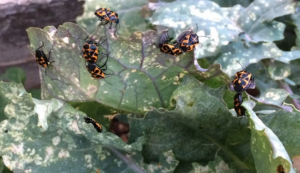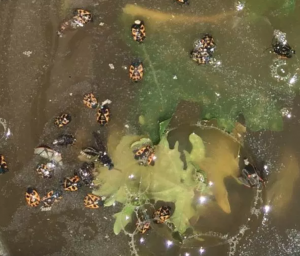Just a few weeks ago I was driving north to yet another chat with strangers for a possible job as a teacher. This interview was no different than the others. We all smiled and made eye contact. I responded to questions. I knew I was being judged. The job interview process is messy, and in my mind inexact, always leaving me with words I wish I had said.
Driving back to Chico, I traveled a different road, taking unknown backways and allowing Google Maps to reset my course to home. There’s a quiet in a moving vehicle, windows up, the outside world dulled by the hum of air conditioning.
During the daily grind, helpful self-talk can become buried under worry and endless-to-do lists. In the semi-silence of my drive, I doubted I had landed a job that day. Yet, I had a strong sense that the next right steps for my life would soon find me.
After my Handsome Woodsman died in the car crash Nov. 1, 2016, working on my teaching credential became my distraction. From other people’s perspective, my hard work may have seemed noble. In reality, it was easier on my heart to focus on those things right in front of me than to slip into the dark void.
People in my inner circle and more distant orbits gave me praise. “I’m impressed by how hard you’rer working,” they said, or “You’ve really kept your focus, despite …” (Always those trailing thoughts — those things that don’t need to be said).
Yes.
Sure, I thought.
“Thank you,” I said.
You can hear praise a dozen times, and usually it doesn’t sink in, until a time when you’re alone in a car and passing rows of orchards and miles of open pasture.
On that dry day, nothing had changed. I did not yet have a job. I likely bombed the interview. Yet, down this different road I was pleased with where I had traveled so far.
“Here I am,” the previously hidden voice said.
There are a lot of really bad things I could have done in the past year and a half. I could have wallowed in self-pity, sunk to the depths of self-destruction or lashed out at loved ones. Maybe I did those things, a time or two. Yet, I did not conclude that because nothing in life is certain, I might as well not try.
Instead, I’ve spent a lot of time surrounded by people who are all about the future — teachers and children. There’s so much joy that takes place in a classroom, I can see clearly now that my recent time has been well spent.
When I returned from a vacation with family, my new life was waiting.
Starting next month, I will be transformed into “Miss Hacking,” a towering and cheerful presence in the lives of third graders at a local charter school. The school garden is lovely, the people are over-the-top kind, and the walls in my classroom are pale yellow.
It’s now time to put all of my energy into the next new things.

Green foods abound
In the heat of summer, it’s not uncommon for flowers on our vegetable plants to go to waste. Bees won’t fly, plants are conserving energy and let’s face it, living things move slowly when they’re half-baked.
This week I found my first ripe and ready zucchini, the kind of green bullet that would make a nice snack for Jolly, that supersized green giant. Next week I’ll pass by my favorite squash merchant at the Thursday Night Market. (He’s on Third Street, just past the nut guys). I won’t need to buy squash for at least two weeks.
Note to self: check zucchini daily or you might have food more suited for a catapult than a frying pan.








